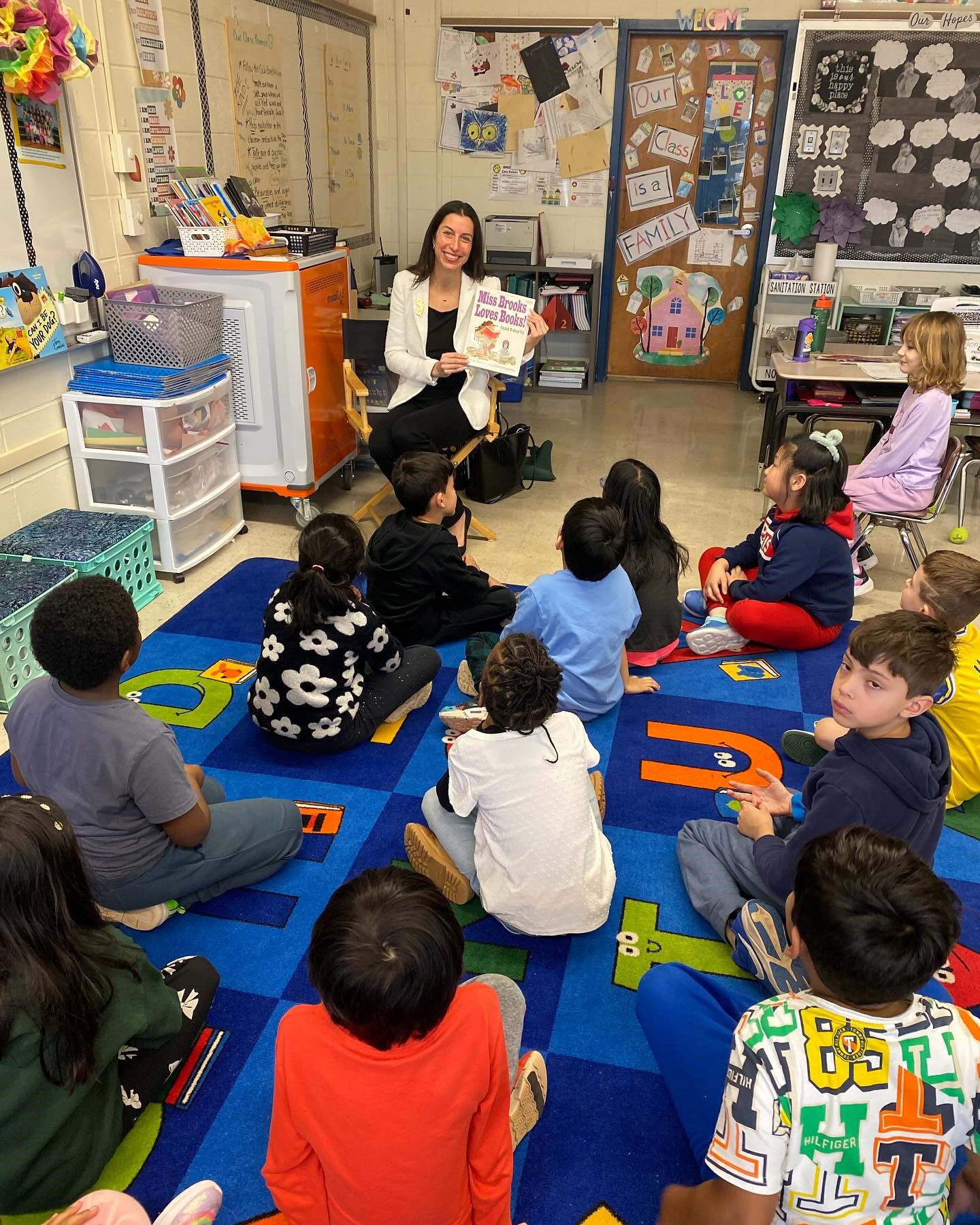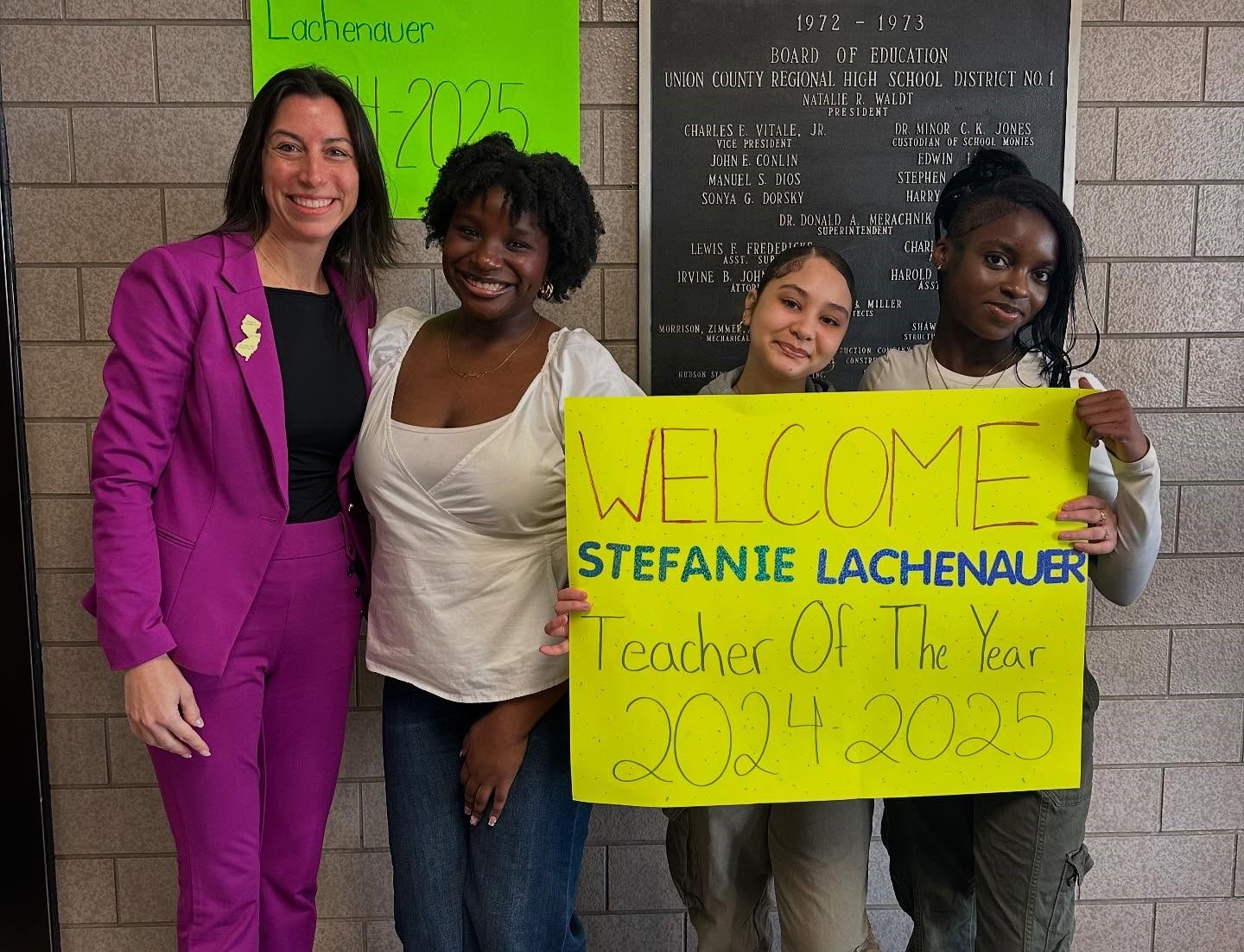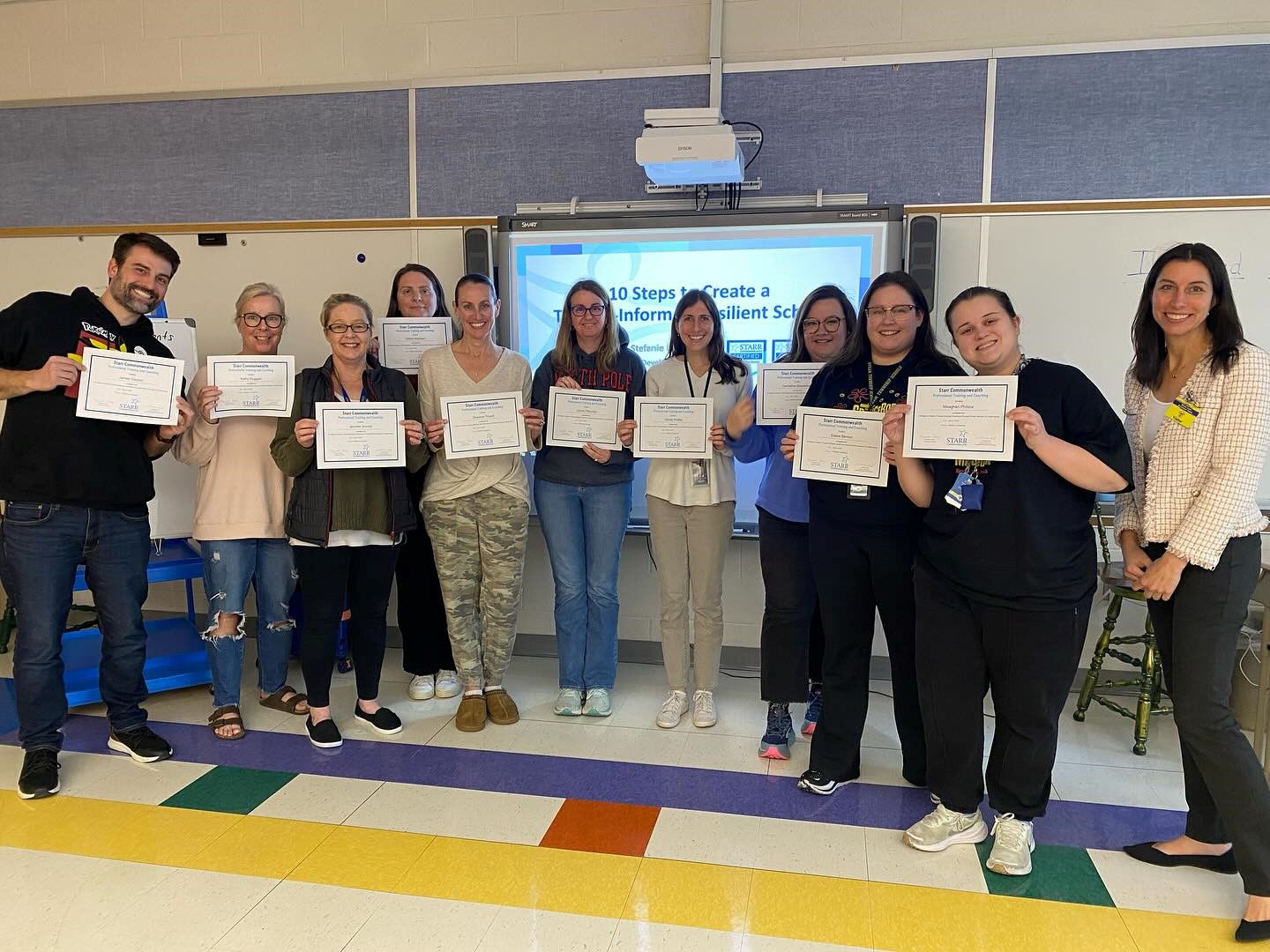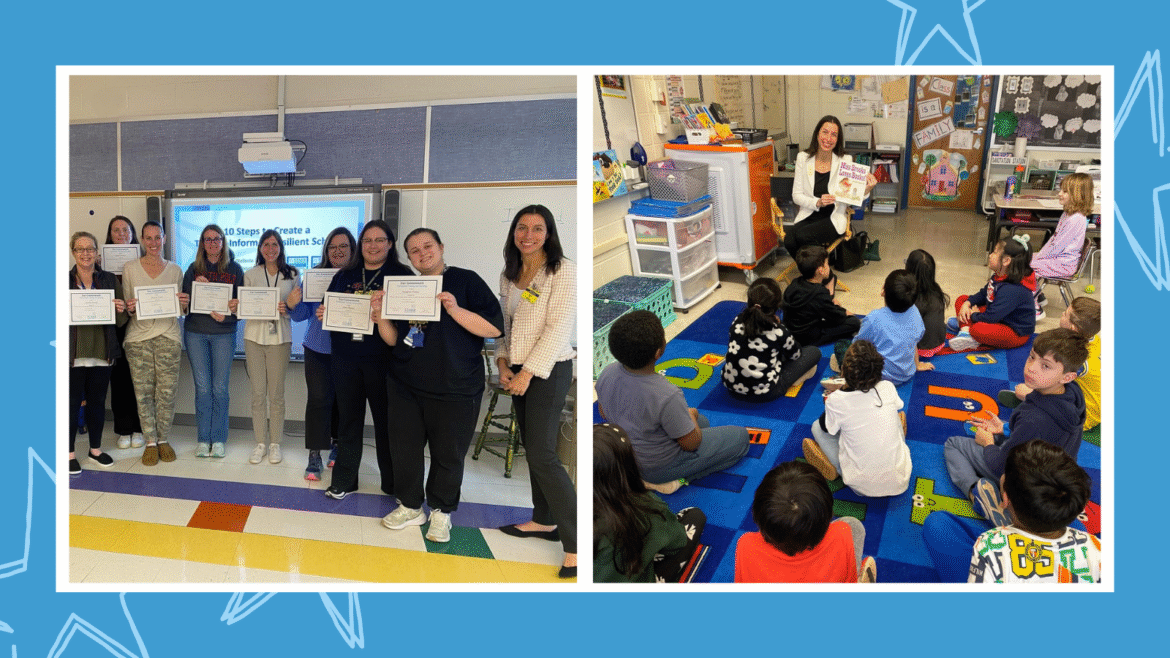Few challenges in education are as pervasive (or misunderstood) as supporting students with trauma. According to the National Child Traumatic Stress Network, by age 16, nearly two-thirds of children in the United States will have experienced at least one potentially traumatic event, from abuse and neglect to losing a loved one or witnessing violence. These experiences don’t just fade over time. They can affect brain development, memory, attention, and emotional regulation. This makes it hard for students to focus, behave appropriately, or even stay engaged in school. That often translates to academic struggles, behavior issues, and higher risks of absenteeism and dropping out.
Traditional discipline and classroom management strategies don’t always work for students impacted by trauma. That’s because their behavior may be a response to unmet needs rather than willful defiance. With this in mind, more teachers are now turning to trauma-informed training to better understand and support their students. One standout example is Stefanie Lachenauer, New Jersey’s 2024-2025 Teacher of the Year. Her story shows how learning about trauma can change everything—not just for individual students but for entire school communities.
“I remember that time in my life was so challenging and tumultuous”

Stefanie’s path to trauma-informed teaching began with her own experiences as a middle school student. “I remember that time in my life was so challenging and tumultuous,” she told the Resilience Matters podcast. These experiences, although challenging, helped her discover the type of teacher she wanted to be. “I want to be that solid force there for [my students]. I want to be that steady rock. I want to be that person who, you know, can share all the things I wish I knew and just be there to listen and help them on their journey.”
“They were really stressed out … and they didn’t have coping skills.”
Early in her career, Stefanie began to notice that many of her students “were really stressed out, like they were experiencing stress and they didn’t have coping skills. And I was like, I’ve got to do something,” she recalls. Her response was to seek out new tools—first through yoga and mindfulness certifications and later through trauma-informed training.
One particular student experience stands out. “I was teaching 6th grade social studies, and there was a student whom I was in the hall with often, having crying meltdowns and often just sitting and being with him, which was helpful. But I knew that there was more to some of the behaviors that I was seeing in the classroom and also some of the things about his background. There’s only so many breathing practices, and this is not cutting it. I need to understand more about this.”
The moment was a turning point. Stefanie realized that while mindfulness and yoga were valuable, they weren’t enough on their own. She needed a deeper understanding of trauma and resilience to truly support her students.
“I really never believed that there was such a thing as a bad kid.”

Stefanie’s approach to trauma-informed education is rooted in a fundamental mindset shift. “Being trauma-informed and trauma-sensitive really is a mindset,” she says. “I really never believed that there was such a thing as a bad kid. But having more of a framework to work with is what really supported and helped me.”
She found the Circle of Courage framework—developed by Starr Commonwealth—especially valuable. “I love that because it keeps everything focused, and it really helps me to think about all different aspects of that child’s life. That circle is one of the most helpful things.” The Circle of Courage emphasizes four universal needs: belonging, mastery, independence, and generosity. When these needs are met, unwanted behaviors decrease and students feel safer and more connected.
Stefanie also deepened her expertise by becoming a Trauma and Resilience Certified Specialist through Starr Commonwealth’s certification course. This training gave her practical tools to support students affected by trauma, improve classroom climate, and foster resilience in every learner. “When we think about behavior as communication, it’s communicating something to us. And it’s communicating that there’s an unmet need. So finding that need really changes everything.”
“We spend the first 20 minutes on mindfulness.”
Today, Stefanie’s classroom is a laboratory for resilience. She integrates play, mindfulness, and reflection into daily routines. “I love that play is in [the Starr Commonwealth system] because ‘just play’ is so important,” she notes. “Kids need that outlet to let that all go.” Research supports this: Just 15 minutes of play breaks can lead to better learning outcomes.
Her school has embraced mindfulness as a core practice. “All the 7th graders at my school, they go through the core skills for success. We spend the first 20 minutes on mindfulness—a little mindfulness mini lesson. We do a couple of different practices, and then they have journaling reflection time.” This routine not only helps students regulate their emotions, but also builds self-awareness and a sense of belonging.
She also helped launch Self-Care Days at her school, where students learn coping skills, stress management, and executive functioning strategies. These days are now a regular part of the school calendar, providing students with tools they can use throughout their lives.
“Teachers are the most important resource of that classroom.”

Stefanie’s work doesn’t stop with her students. She offers professional development to her colleagues and has helped many become certified trauma-informed specialists. She believes that teacher wellness and training is the foundation of student success.
“Teachers are the most important part, right? They are the most important resource of that classroom. If you don’t have teachers who are well and healthy and taking good care of themselves, then it’s not going to matter what cool, fancy tools you have in that classroom.”
Stefanie also emphasizes the importance of community and connection. “I always start my trainings that way too. I want to acknowledge the wisdom in the room. I want to acknowledge everyone’s backgrounds as we come together. There are going to be many opportunities where I’m not going to have an answer. But we all have different lived experiences, and I want to tap into that, because when we tap into what’s in our learning space, we can do so much more.”
“Before we can teach and learn, we have to create the safe place.”
Stefanie Lachenauer’s journey is a testament to the power of trauma-informed teaching. By focusing on safety, belonging, and resilience, she has transformed not only her classroom but her entire school community. Her message to educators is clear: “Before we can teach and learn, we have to create the safe place, right? When we have the safe space, then we can add all the other stuff. So let’s take care of the foundation first.”
Trauma-informed teaching isn’t just about strategies or techniques, it’s about building authentic connections, meeting students where they are, and believing in their potential to grow, heal, and succeed.
Bring trauma-informed teaching to your classroom.
Take the next step by exploring Starr Commonwealth’s Trauma and Resilience Specialist Certification. This self-paced, research-based training gives educators the tools to better understand student behavior, build safe and supportive classrooms, and create meaningful, lasting change. In a world where trauma is far too common, your training can be the difference that helps every student thrive.
Listen to all of Stefanie’s interview here
In this episode of Resilience Matters, Stefanie shares her journey as a veteran educator leading district-wide initiatives in mindfulness, SEL, and trauma-informed practices. From building empowering programs for middle school students to advocating for equity and wellness statewide, she offers practical strategies and heartfelt insights for creating safe, supportive learning environments. Whether you’re a teacher, leader, or advocate, this conversation will leave you inspired to lead with compassion and purpose.


